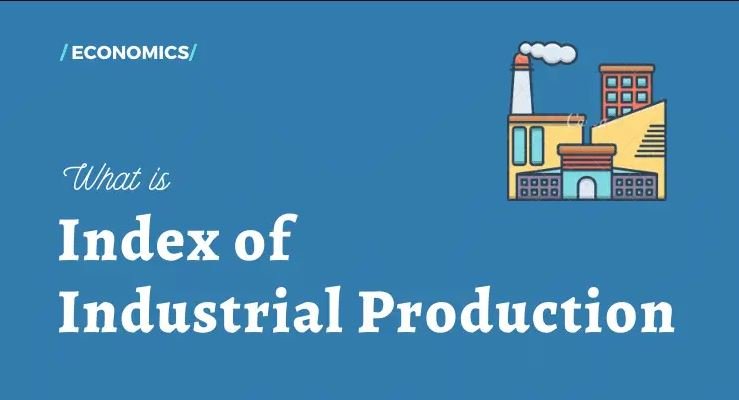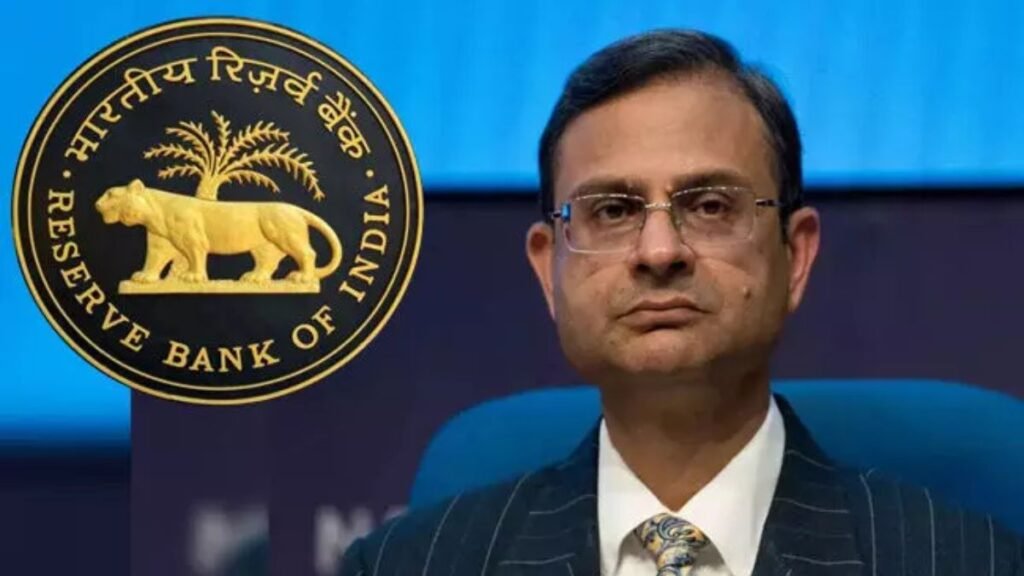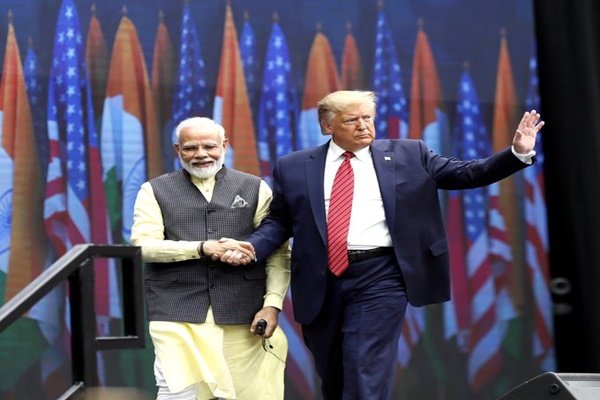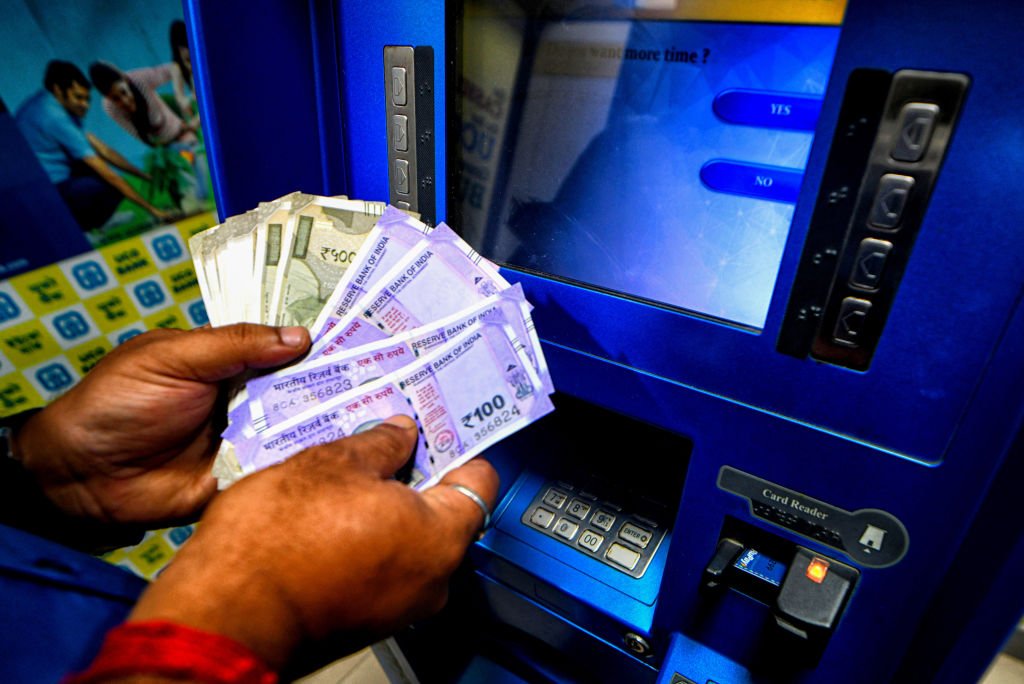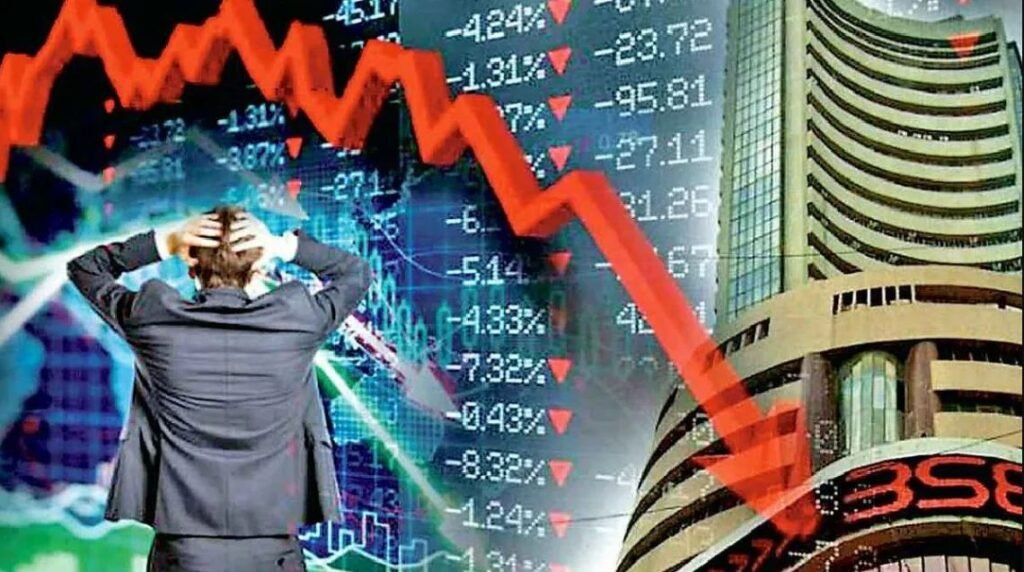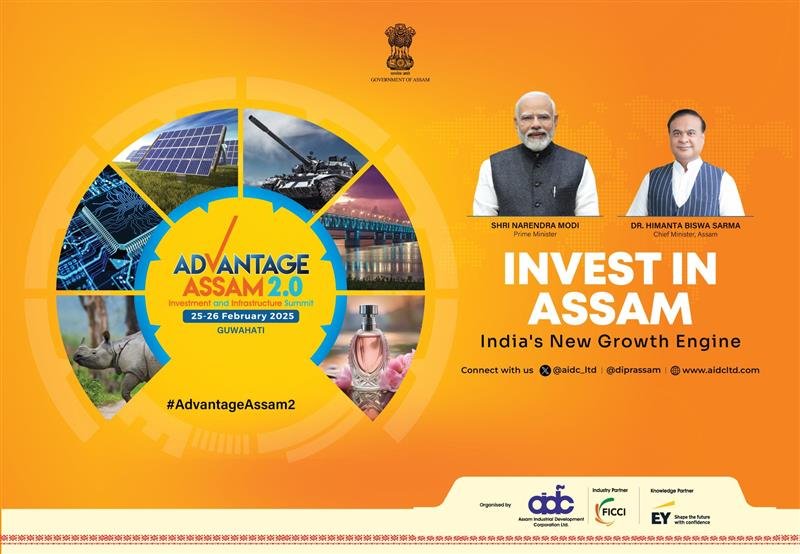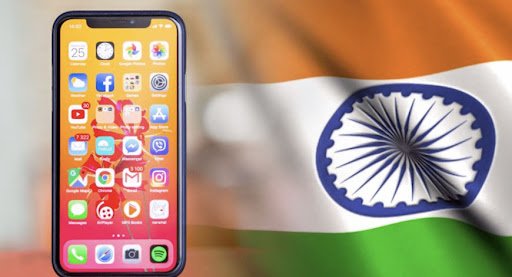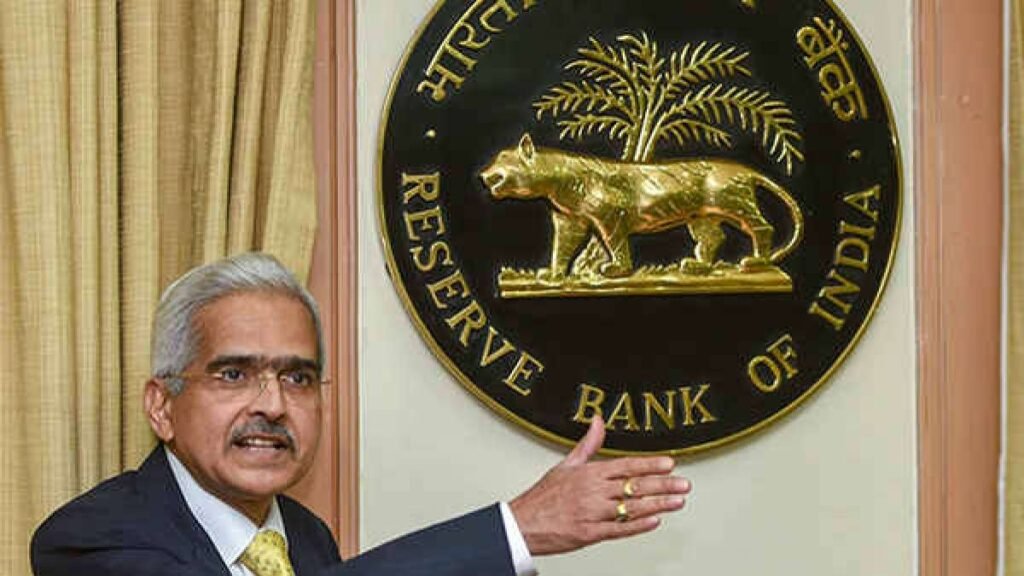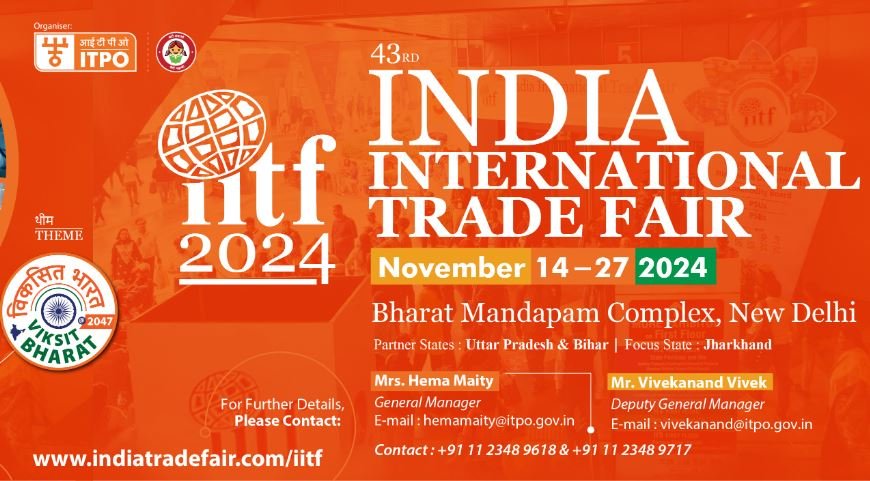India’s Industrial Growth Slows to 2.9% in February 2025: Mixed Sector Performance Noted
India’s Index of Industrial Production (IIP) rose 2.9% year-on-year in February 2025, showing moderate growth compared to 5.0% in January, as per the Ministry of Statistics and Programme Implementation.
Sector-wise:
- Manufacturing (highest weight in IIP) grew 2.9%
- Electricity generation rose 3.6%
- Mining increased by 1.6%
Overall IIP stood at 151.3 in February, up from 147.1 last year.
Within manufacturing, 14 of 23 industry groups posted gains, led by:
- Basic metals: 5.8%
- Motor vehicles, trailers, and semi-trailers: 8.9%
- Other non-metallic mineral products: 8%
Key drivers: auto components, alloy steel, cement, and prefabricated concrete blocks.
Use-based trends:
- Capital goods: +8.2%
- Infrastructure/construction goods: +6.6%
- Primary goods: +2.8%
- Consumer durables: +3.8%
- Consumer non-durables: -2.1%
The report included revised figures for January 2025 (first revision) and November 2024 (final), with 94% and 95% response rates respectively.
March 2025 IIP data will be released on April 28.
